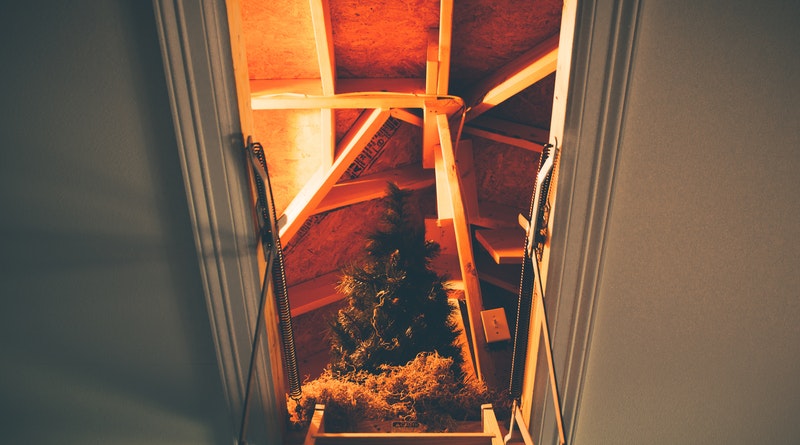Handy Facts Regarding Thermal Insulation

Insulation in your attic provides a barrier that prevents heat from getting out and cold air from getting in. It is what keeps your home warm and cozy in the winter. A home without sufficient insulation will be cold and may be at risk for freezing pipes. How does thermal insulation work, what types are there, and how can you tell if you have enough?
What is Thermal Insulation?
Thermal insulation refers to materials that prevent hot and cold air from moving between them and other materials such as drywall. Insulating a home or building saves energy and money spent on utility bills and allows the temperature in specific areas to remain consistent. A home that is well insulated stays warm in winter and cool in summer.
Types of Insulation:
Rolls or batts (blanket)
Foam boards
Loose-fill, blown-in (cellulose, wool)
Sprayed-in (polyurethane foam)
Types of Insulation Materials:
- Fiberglass
- Wool
- Cellulose
- Polyurethane Foam
- Polystyrene
These are a few of the different types of insulation used in homebuilding. The effectiveness of each type depends on its R-value and how it is used. In ratings, “R” stands for resistance. The higher the R-value is, the more effective it is at preventing air from passing through it.
Fiberglass is a familiar insulating material. It is the pink rolls of fluff that resembles cotton candy. Fiberglass is a great non-flammable material used in many homes. It has R-values ranging from R-2.9 to R-3.8 per inch.
Cellulose is an eco-friendly insulation material that resembles handfuls of chewed up newspaper. That is because it is made from recycled paper, cardboard, and similar materials that are usually blown in through holes in the exterior walls. The R-value of cellulose is between R-3.1 and R-3.7. It is also non-flammable which makes it fire-resistant.
Polyurethane Foam
This type of insulation material is piped or sprayed in and swells up to fill spaces between walls, floorboards, and etc. It is lightweight and fire-resistant with an R-value of R-6.3 per inch of thickness. A benefit of this type of insulation is that it can be used in areas that are uninsulated without tearing down walls.
Polystyrene
This is a waterproof type of styrofoam made into sheets and used to add another layer of insulation to walls. It is not fire-resistant like the other types and must be chemically-treated before being used.
Eco-friendly, Green Insulation Materials:
Some older types of materials used for insulation include sheep’s wool, hemp, cotton, and straw. These are all eco-friendly building materials and provide a barrier to the elements. Hemp is more efficient than wool or cotton and has an R-value equal to R-3.5 per inch of thickness. It is also easy to grow and economic to use.
Straw is used for insulation and as a building material. Straw is a very dense material and can have R-values as high as R-30 to R-35. It is one of the best materials for industrial insulation because it is so dense and fibrous.
Use Thermal Insulation Efficiently
The best places to use insulation include:
Attic spaces and over floor joists
Between exterior and interior walls, shed roofs, garages
Around ducts and ductwork
Under floors
Basements
Crawlspaces
How can you tell if your home has enough insulation? Here is a handy self-test. Place one of your hands on an interior wall. Is it cold? If your interior walls feel cold you do not have enough insulation. Another key indicator is ice dams on your roof. If the snow at the bottom edge of your roof melts and freezes into huge icicles you need more insulation in your attic and roof area.
What's Your Reaction?
Newly middle-aged wife of 1, Mom of 3, Grandma of 2. A professional blogger who has lived in 3 places since losing her home to a house fire in October 2018 with her husband. Becky appreciates being self-employed which has allowed her to work from 'anywhere'. Life is better when you can laugh. As you can tell by her Facebook page where she keeps the humor memes going daily. Becky looks forward to the upcoming new year. It will be fun to see what 2020 holds.



